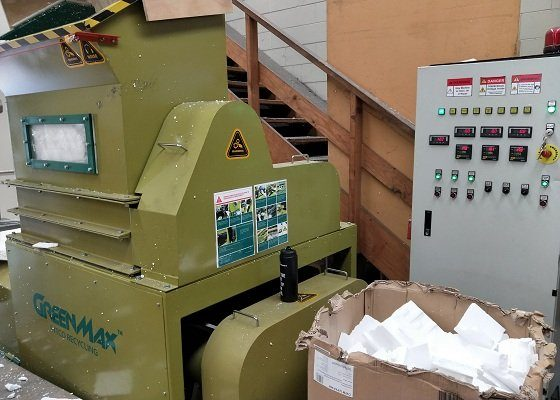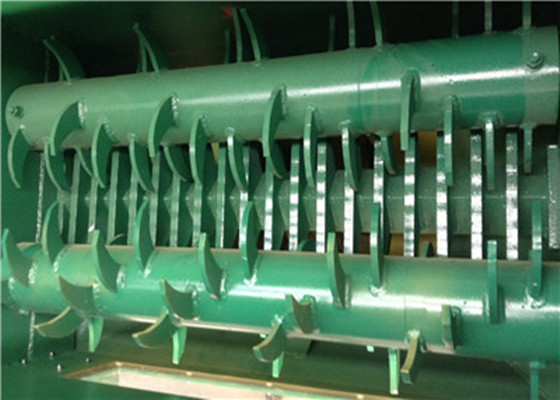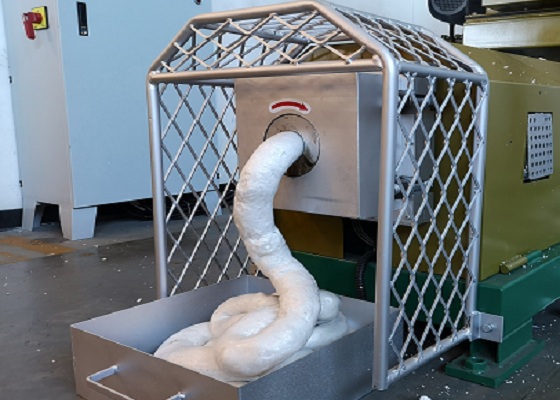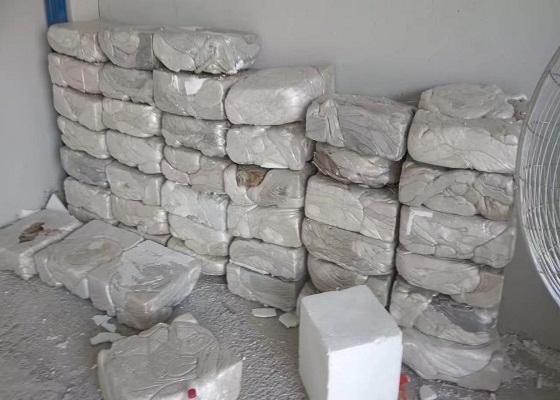Work Principle of Styrofoam Densifier Extruder
The EPS foam waste is compressed, heated, and sheared by the Styrofoam densifier into a homogenous melt that may be easily transported and used for further processing. Crushing the leftover EPS foam and using a hot melt method are steps in the densified polystyrene production process. Both the concentration and the finished melt temperature must be consistent. For viscous polystyrene blocks to be squeezed, there must be sufficient pressure.

Styrofoam densifier has a screw and barrel with spiral knife to complete all of the above processes. Waste polystyrene foam was put into the barrel at one end of the barrel through a hopper, and then transmitted to the other end of the barrel by the screw. In order to have sufficient pressure, the hopper Examples increases followed as the depth of the screw. Due to the external heating of friction screw, polystyrene foam softens and melts.

Styrofoam densifier usually has at least three segments. First part, near the hopper, is the feeding section. It allows the material into the extruder at relatively steady rate. In general, in order to avoid clogging of the feeding channel, which will remain a relatively low temperature. The second part is the compression section, during the formation of the melt and the pressure increases. Transition that from the feeding section to the sudden compression can also be progressively gentle. The last section is the metering section, close to the extruder outlet. The main function of the extruder is a uniform material. In this divided part, to ensure uniformity of composition and temperature, the material should have sufficient residence time. At the end of the barrel, EPS melted exits the extruder through a die, the die is designed to ideal shape, melted extrusion flow went through here.
The motor mechanism of the Styrofoam densifier is another crucial component. It regulates the screw's rotational speed, which impacts the yield of the Styrofoam densifier. The viscosity of the polystyrene dictates the amount of power needed. Furthermore, the temperature and flow rate affect the polystyrene foam's viscosity.

Introduction of Styrofoam densifier
At first, Styrofoam densifier has extruder principle: solid conveying, melting, pumping and booster, but is not so simple.
The study of screw extrusion theory is still in its early stages overall, and based on its examination of the extrusion process, it is referred to be "art rather than science" in three main ways:
1, the state variation, transport theory, solid, melt conveying exhaust the truth and the law in the polystyrene foam extrusion process, and established a physical model of mathematics, used to guide the design of Styrofoam densifier extrusion process optimization.
2, to figure out two or more polymers and materials during the extrusion process in the real situation, hybrid form, the process of structural change, and the relationship between performance and the final mixture.
3, Styrofoam densifier, the intrinsic link reaction of extrusion molding, speed, performance, and screw configuration, operating condition. To establish the model to guide reaction extrusion molding.

